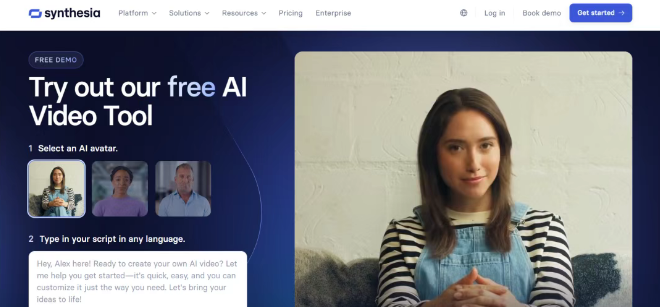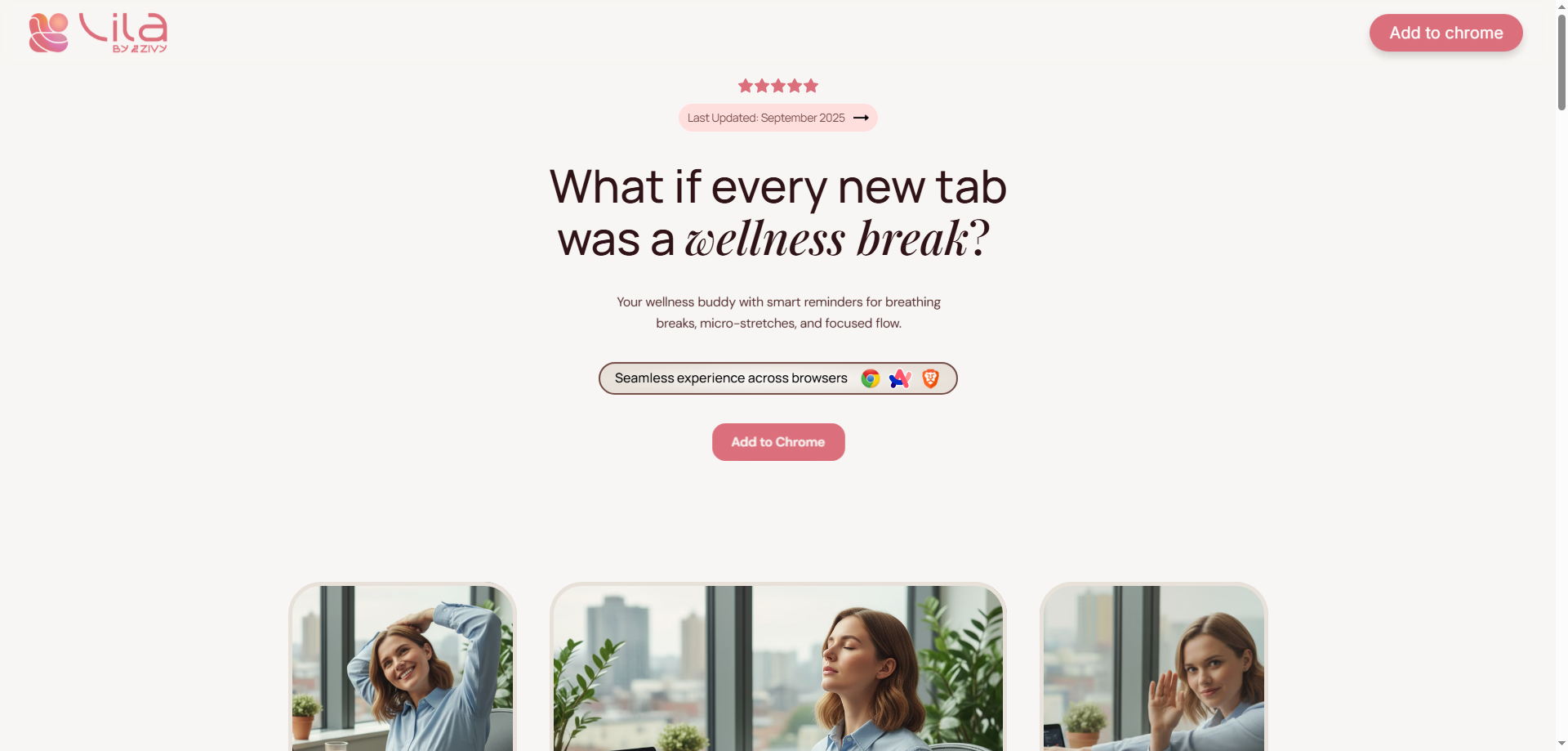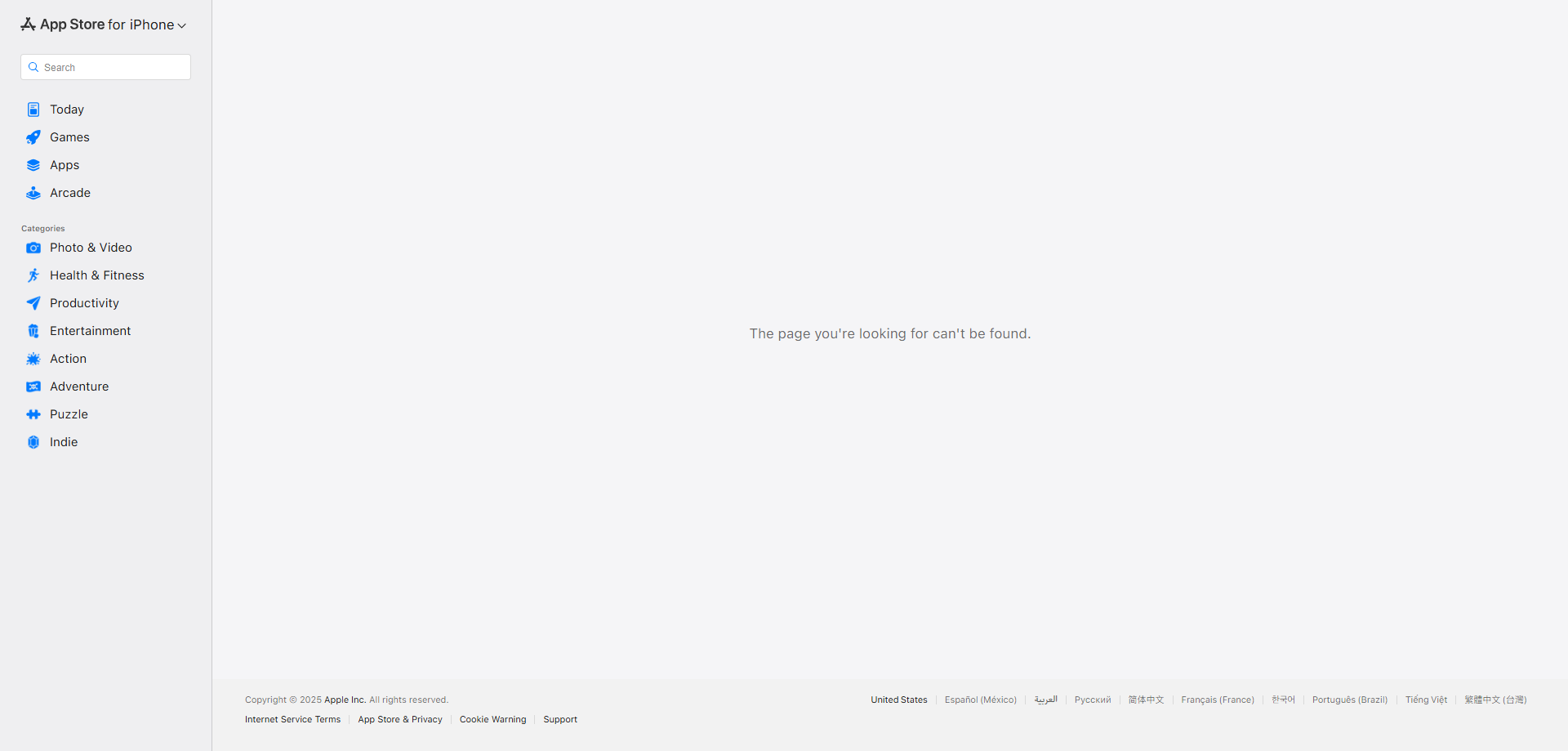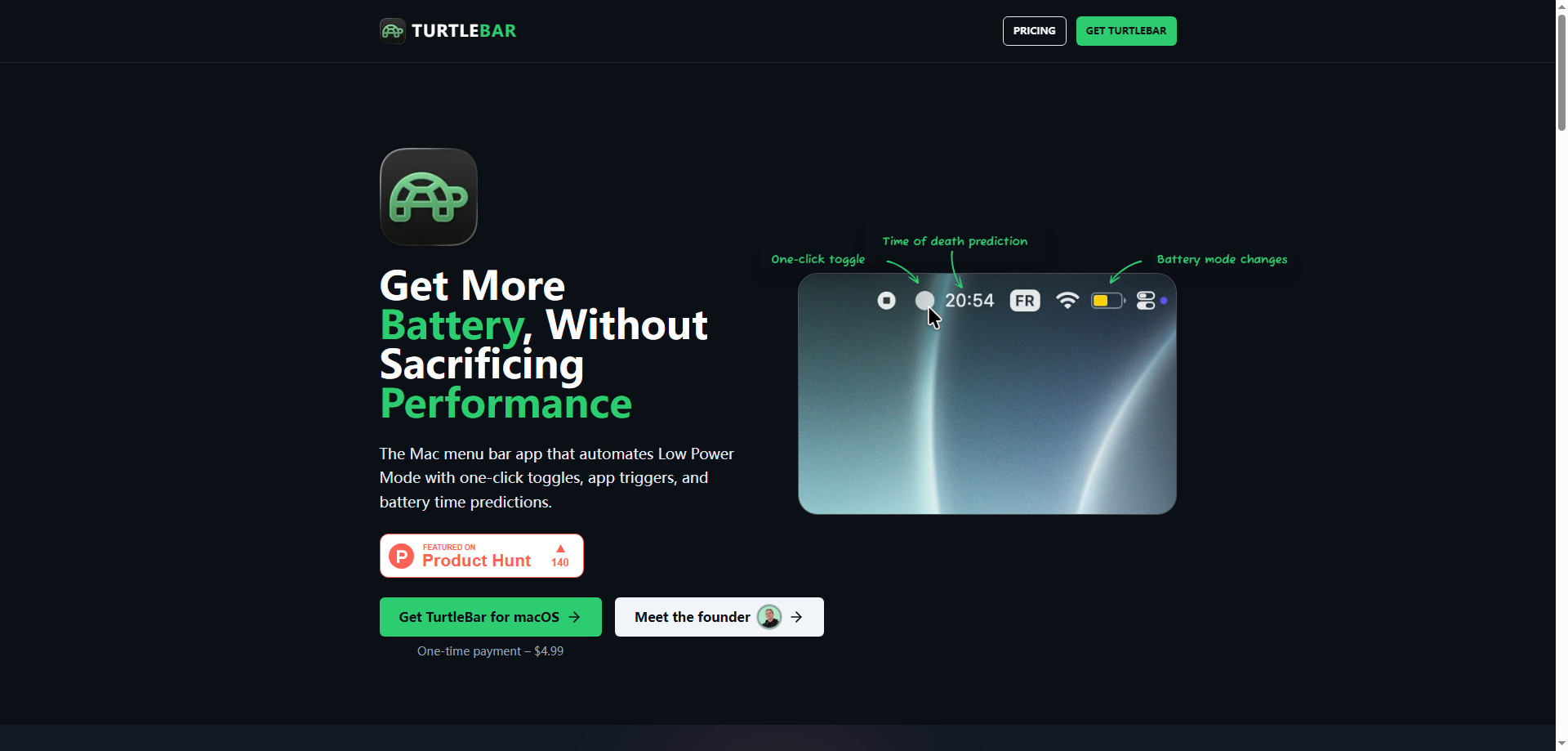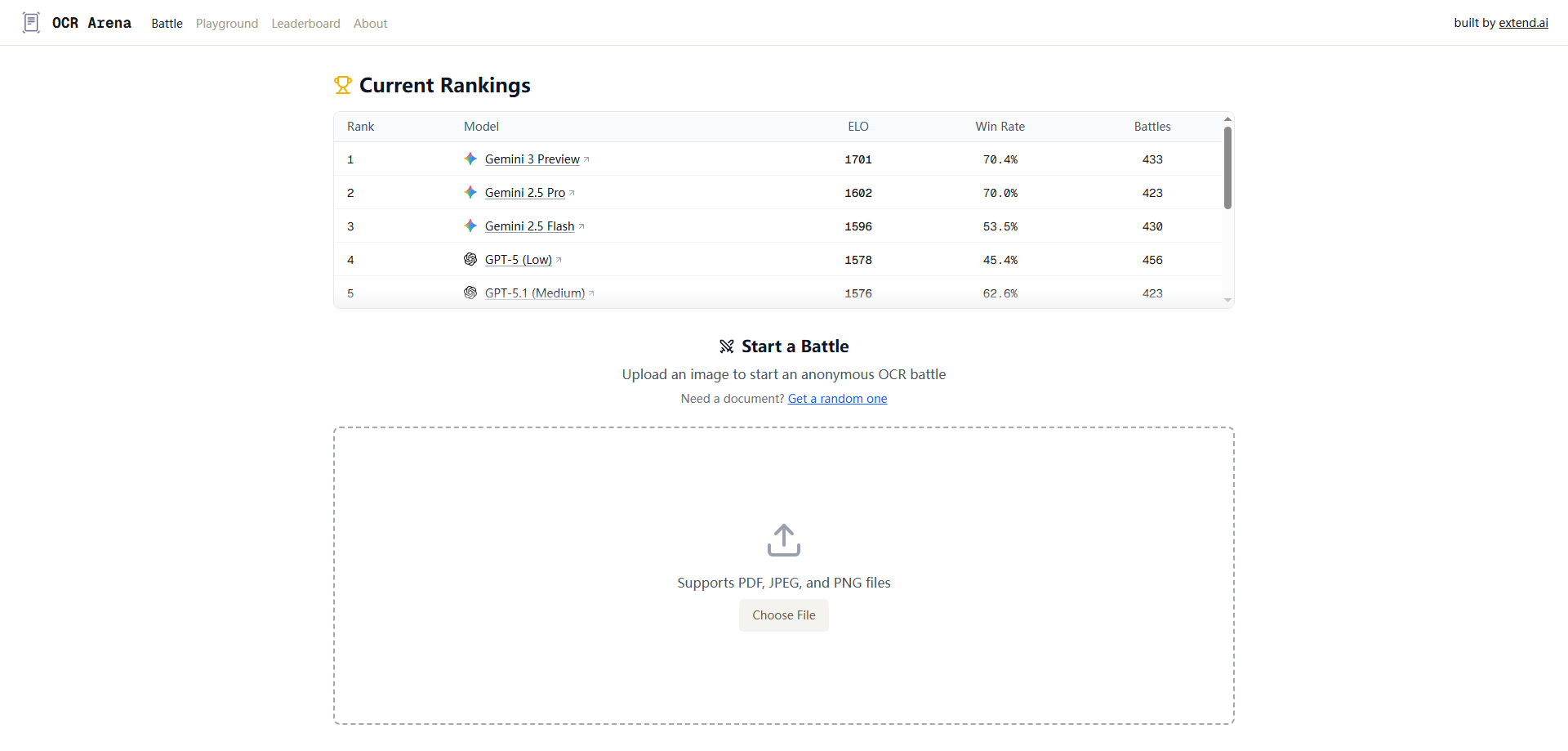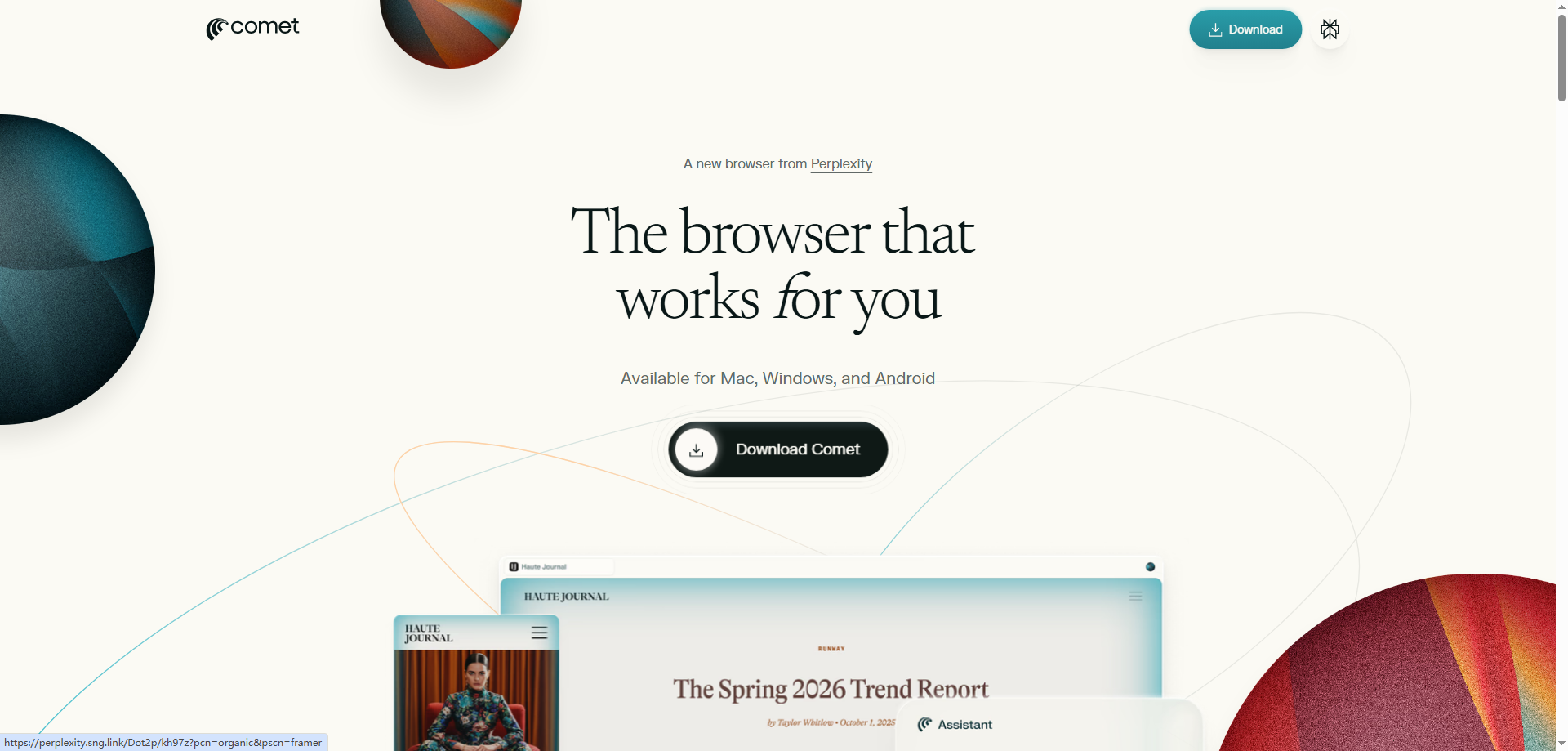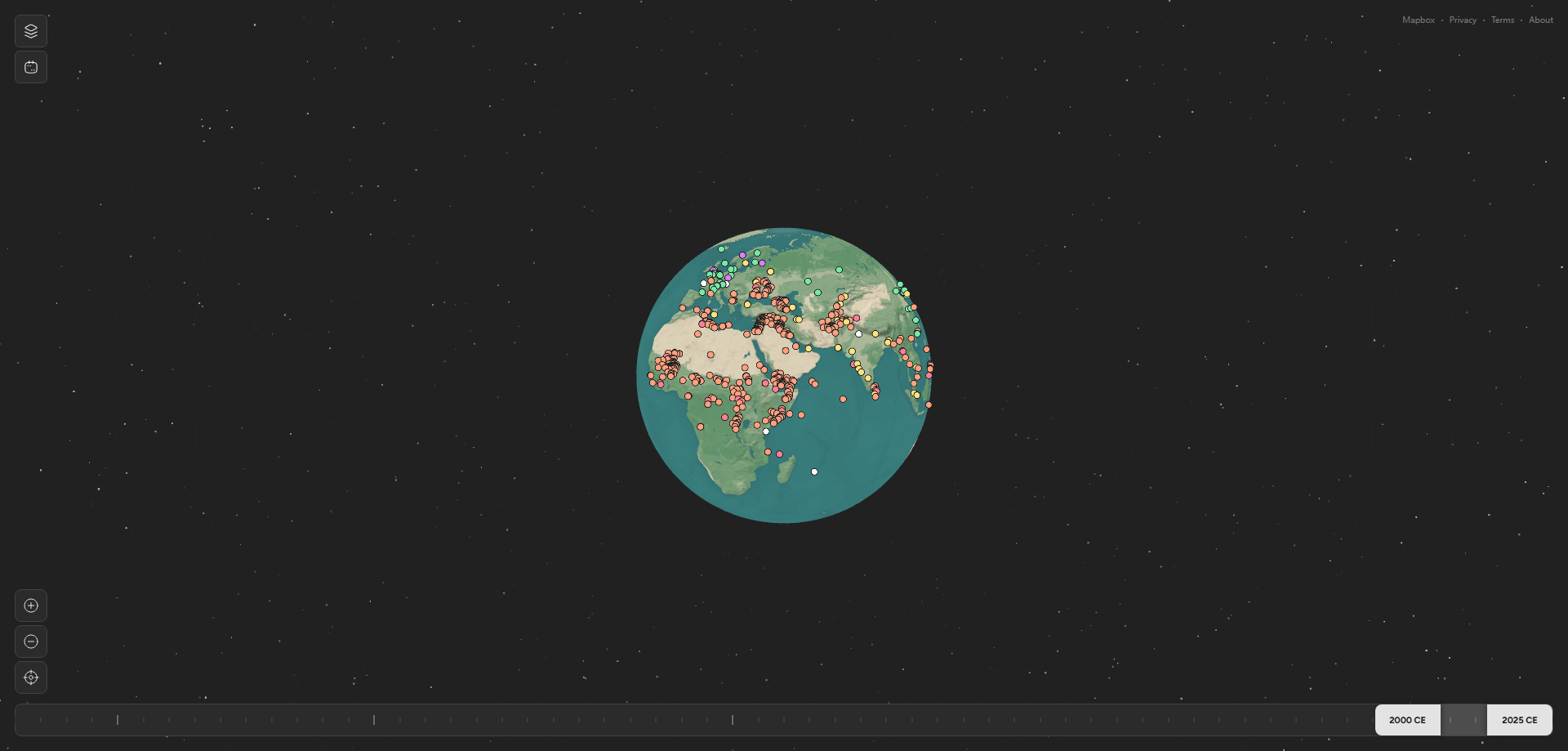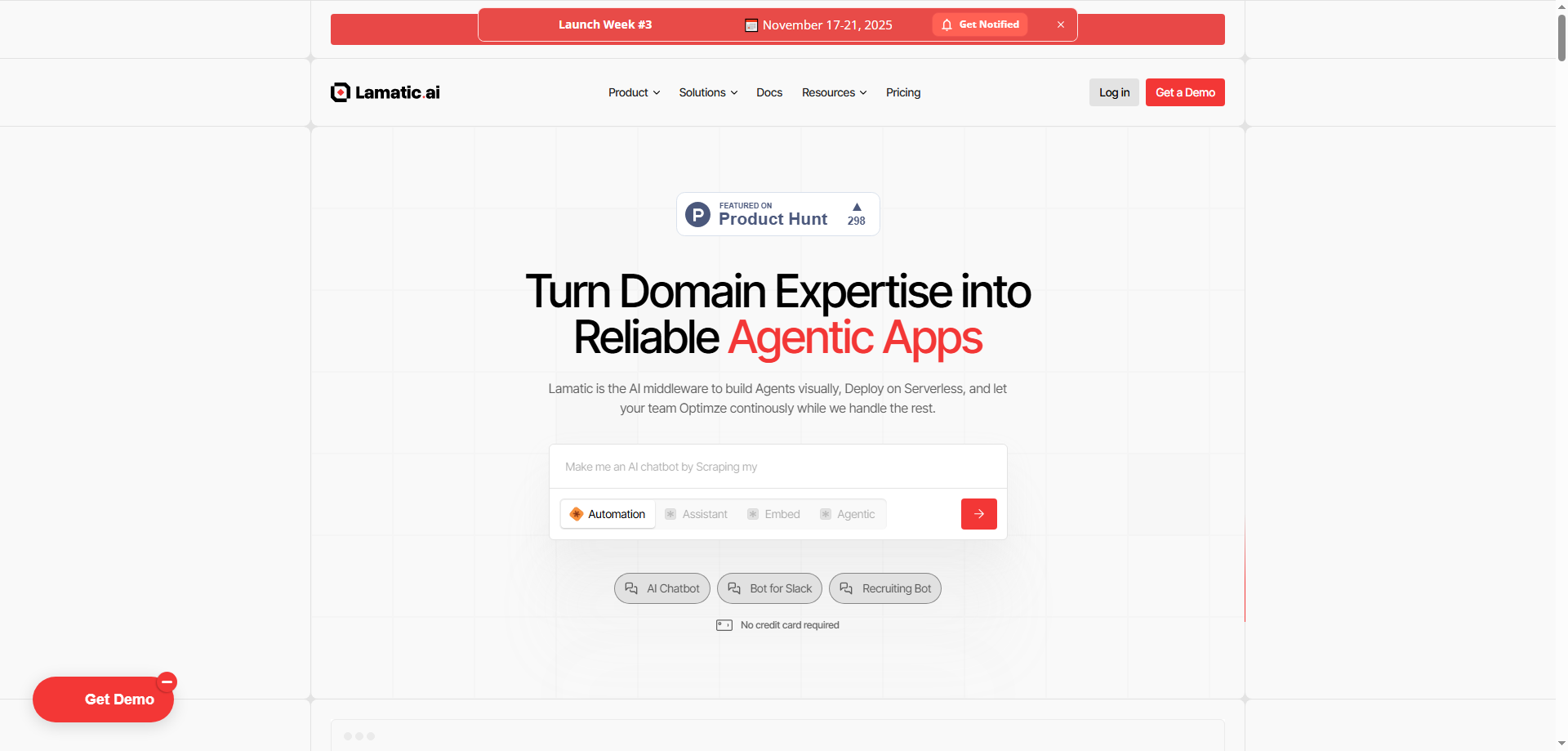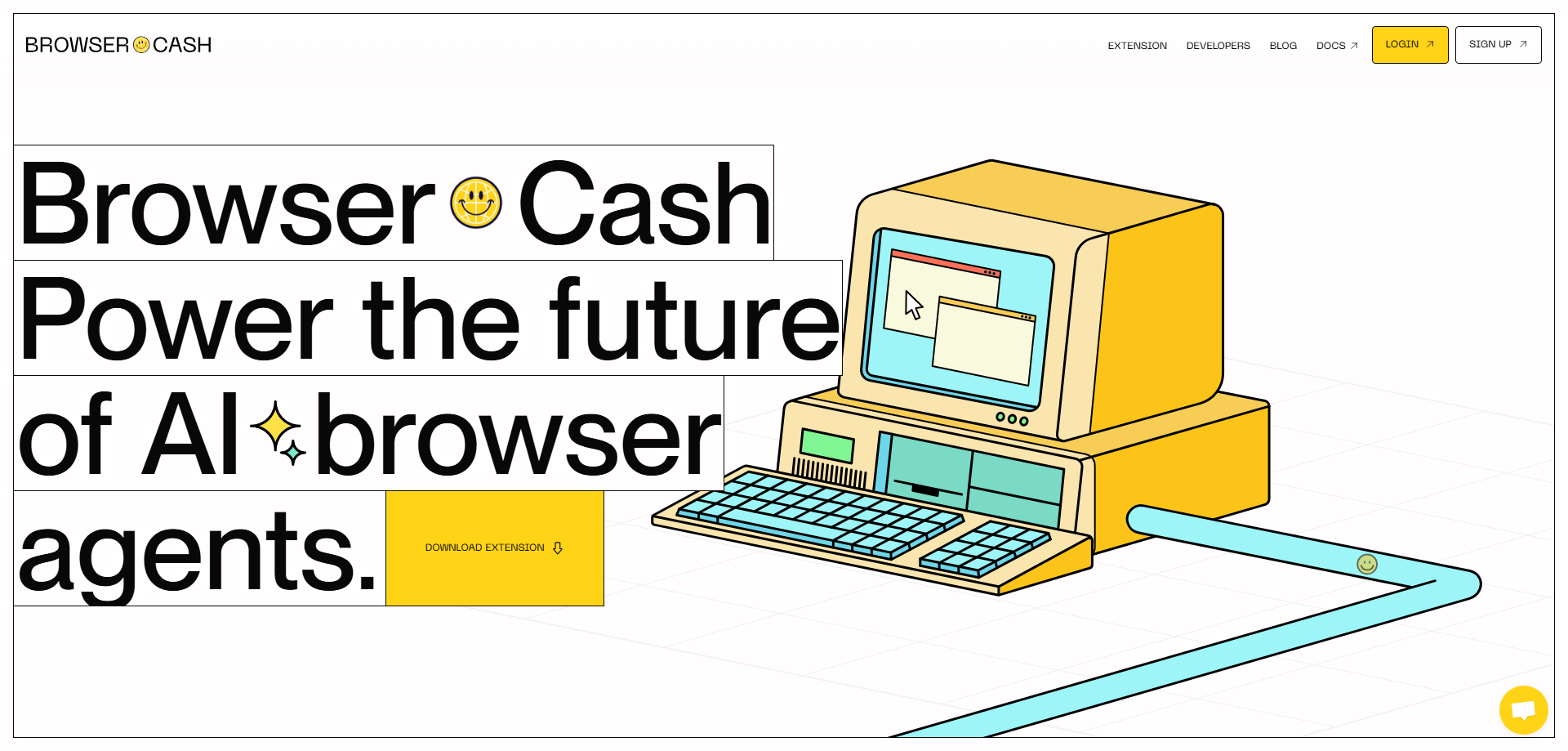What is Synthesia?
Synthesia is an advanced AI-driven video creation platform that lets users generate human-like presenters simply by typing text. You write a script, and Synthesia automatically produces a video with a lifelike avatar that speaks your words with synchronized lip movements and natural facial expressions. You can even upload your own voice and face, allowing the system to create a virtual version of yourself capable of delivering the script in multiple languages—including English, Chinese, French, and Hindi.
What makes Synthesia revolutionary is its simplicity. With just one sentence, you can produce a professional-grade video that looks and sounds like it was shot in a studio. No need for cameras, lighting setups, or complex post-production work.
How Synthesia Works
The secret behind Synthesia’s precision lies in two core technologies:
-
Speech-Driven Lip Syncing Synthesia analyzes the waveform of your audio input and maps it to realistic mouth shapes and facial muscle movements. This ensures that every word aligns perfectly with the speaker’s lip motion, creating a seamless and authentic speech effect.
-
Multi-Frame Expression Consistency This technology prevents “frame flickering,” where a character’s expression jumps awkwardly between frames. By maintaining temporal consistency, Synthesia ensures smooth transitions in blinking, breathing, and head movement. The avatars appear alive and stable throughout the video.
The result is an AI-generated person who doesn’t just “read a script” but genuinely performs it—with subtle pauses, natural smiles, and steady gestures that mimic real human behavior.
Personal Testing and Realism
When I first experimented with Synthesia, I uploaded a neutral passport-style photo of myself and wrote the line: “Hi everyone, I’m Dong, and today we’re talking about how programmers handle bugs.”
To my surprise, the generated video looked almost identical to me speaking in real life. My digital self even blinked, tilted its head slightly, and made micro-expressions. When I showed it to my girlfriend, she genuinely thought I had recorded it myself.
The only minor imperfection was that the avatar’s hands didn’t move, which made it look slightly stiff over time. However, for use in business presentations or company explainers, the illusion is almost flawless.
What Can Synthesia Do?
Synthesia’s applications are vast and game-changing across multiple industries:
Corporate Training and Reports
HR teams, sales departments, and managers can create internal videos without needing a film crew. Scripts become narrated, on-brand training materials in minutes.
Education and E-Learning
Teachers can turn lesson plans into engaging lectures using AI avatars. The tone, accent, and pacing can all be customized for natural delivery.
Multilingual Marketing
A single script can be transformed into videos in 10 or more languages. Global businesses use Synthesia to reach audiences across continents without hiring translators or actors.
Virtual Influencers and Spokespersons
You can create your own AI host for product introductions or social media content, all without appearing on camera.
News and Knowledge Videos
Media outlets and content creators can automate daily news updates or explainer videos using a consistent virtual anchor.
One of my friends in cross-border e-commerce uses Synthesia to produce multilingual product demos for Southeast Asian and Western markets. The savings on production costs and time are remarkable.
Limitations and Challenges
While Synthesia is astonishing, it’s not flawless:
- Natural Speech in Chinese – Sometimes the rhythm or pauses can sound too “textbook.”
- Lack of Hand Gestures – Unless using premium templates, avatars remain mostly static.
- Clothing and Edge Glitches – Custom outfits can occasionally flicker during head turns.
- Emotional Nuance – Expressions like “smiling while speaking” still appear slightly robotic.
- Fast Speech – At higher speeds, the delivery sounds more like a news anchor than casual speech.
Still, these imperfections are steadily improving as Synthesia refines its motion and speech models.
Ethical Considerations
Perhaps the most serious concern surrounding Synthesia is ethics. With such realistic video generation, how can viewers distinguish real footage from AI-produced clips?
It’s possible now to fabricate a video of someone “speaking” without their consent. This poses significant risks for misinformation, fake news, and identity misuse.
To ensure ethical use:
- Always obtain permission before using a real person’s likeness.
- Clearly label public videos with a disclaimer such as “AI-generated with Synthesia.”
- Never use Synthesia to impersonate or mislead audiences.
Responsible use safeguards both creators and society from potential harm.
Practical Tips for Using Synthesia
Based on hands-on experimentation, here are some practical insights for achieving the best results:
-
Prompt Structure: Include clear details—character (age, clothing), background, tone (formal or casual), language, facial expression, and pacing style.
-
Script Style: Use short sentences and natural pauses. Avoid long paragraphs to maintain rhythm and realism.
-
Segment Videos: Split longer content (over 60 seconds) into shorter clips for smoother transitions and stable animation.
-
Background Selection: Use layered, realistic environments instead of flat color screens for better immersion.
-
Voice Cloning: Record high-quality audio samples for best results—AI replication improves significantly with clean sound input.
Why Synthesia Represents the Future
Synthesia is more than a video generator—it’s a revolution in content creation. It democratizes production, allowing individuals and small teams to make professional videos without expensive gear or technical expertise.
From corporate communication to education, marketing, and entertainment, Synthesia is transforming how we share information visually. With continuous innovation in realism, language support, and ethical transparency, it’s shaping the future of AI-powered storytelling.
FAQs About Synthesia
1. What is Synthesia used for? Synthesia is used to create AI-generated videos from text, featuring realistic avatars that speak naturally in multiple languages.
2. Can I use my own face in Synthesia? Yes, you can upload your photo or video to create a custom AI avatar that looks and talks like you.
3. Does Synthesia support multiple languages? Absolutely. It currently supports over 120 languages, including Chinese, English, Spanish, French, and Hindi.
4. Is Synthesia free to use? Synthesia offers paid plans based on usage and features, such as custom avatars and voice cloning.
5. How realistic are Synthesia videos? They are impressively lifelike, featuring synchronized lip movements, blinking, and natural facial expressions.
6. Is it ethical to use Synthesia? Yes, as long as you disclose that the video is AI-generated and avoid impersonating real people without consent.
Conclusion
Synthesia marks a pivotal shift in video creation technology. It merges AI, design, and storytelling into a single, accessible platform that anyone can use. While challenges in emotion and ethics remain, the potential is undeniable—Synthesia empowers people to communicate visually, globally, and effortlessly.
